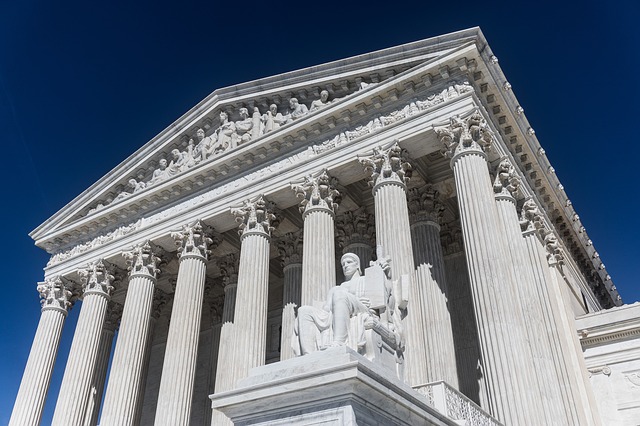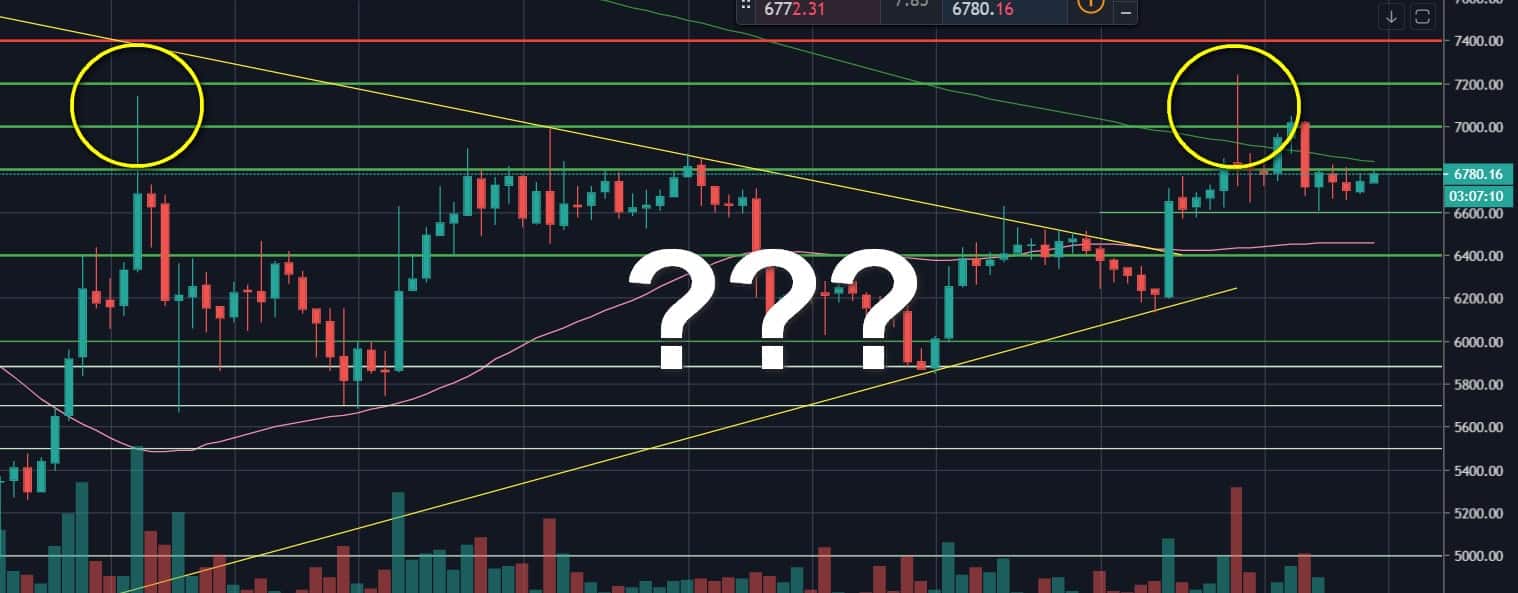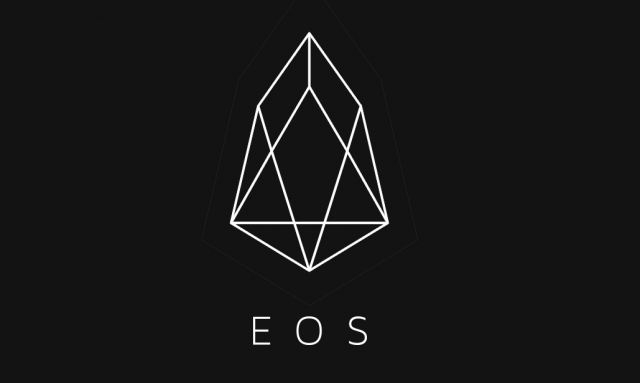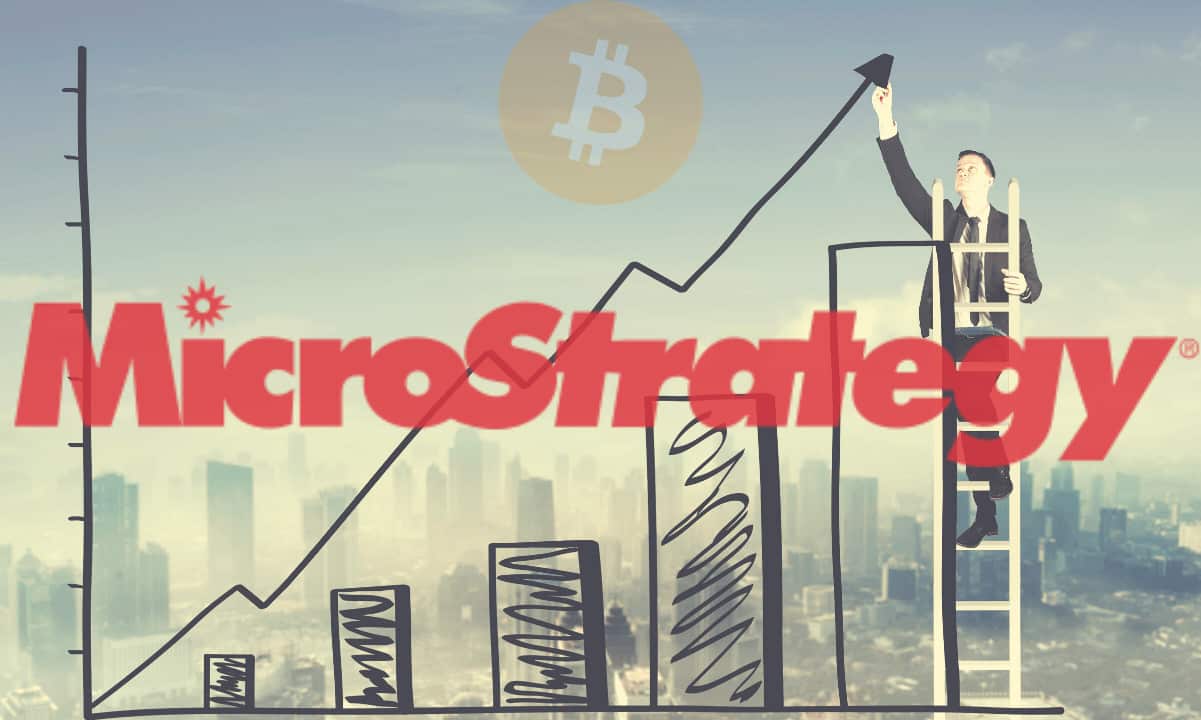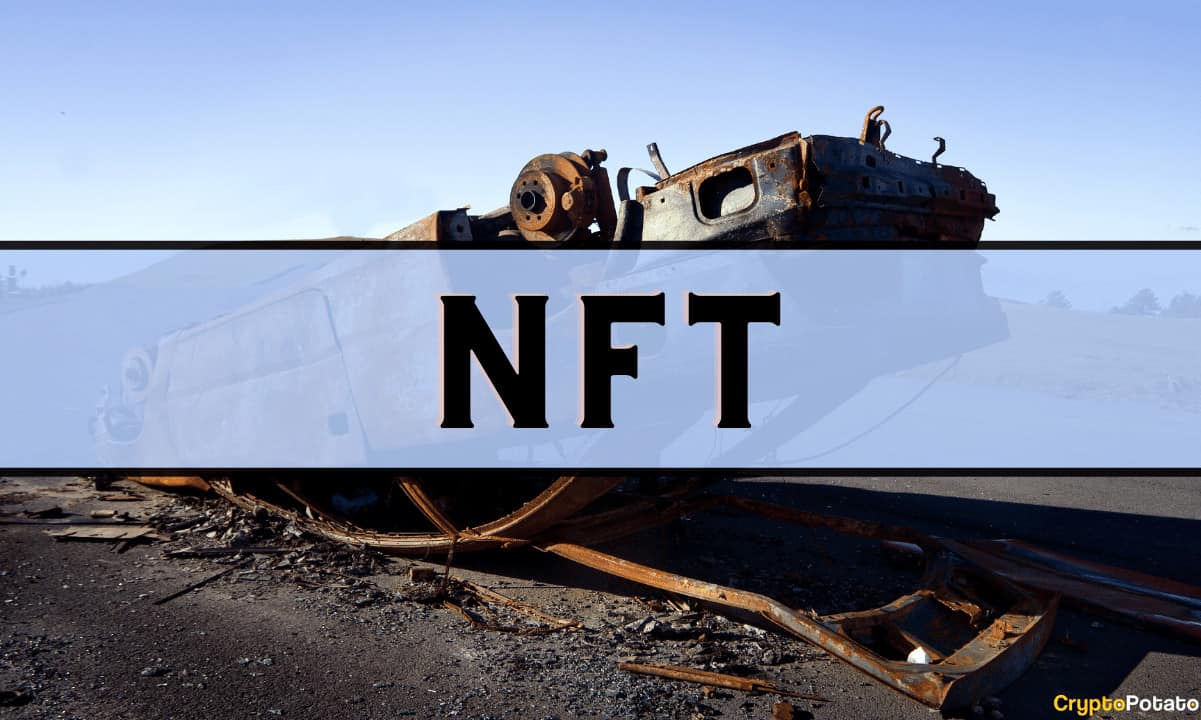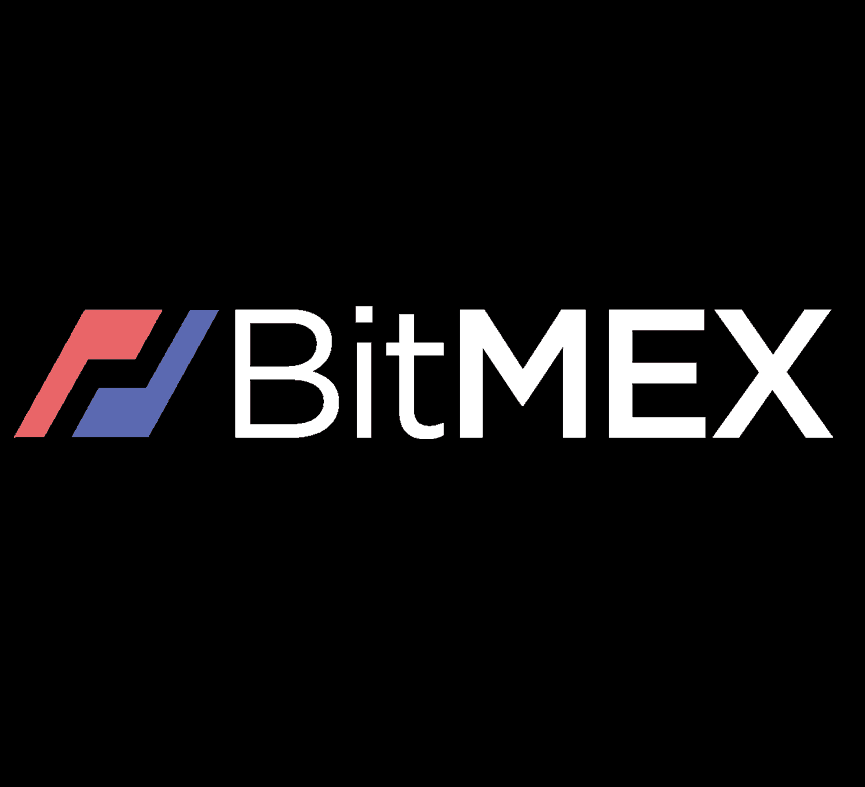Coinbase Nasdaq Listing on April 14th: What You Need to Know
It goes without saying that this week’s highlight is the direct listing of Coinbase shares on Nasdaq. It is scheduled to take place on April 14th.
Without any further ado, let’s have a look at the most important things you need to know about it.
Will Coinbase do an IPO?
This is, without a doubt, the question that most people are interested in. The short answer is – no, Coinbase will not do an initial public offering. However, it will have its direct listing on Nasdaq Global Select Market, and its stock will be tradeable under the ticker symbol “COIN.”
Yet, there’s a difference between a traditional initial public offering and a direct listing. According to Investopedia, there are a few things that future investors will have to consider.
With an IPO, new shares are created, underwritten, and subsequently sold to the public. The company seeking an IPO uses the services of “intermediaries called underwriters, which facilitate the IPO process and charge a commission for their work.” Without this intermediary, there is no safety net ensuring the shares sell.
With a direct listing, which Coinbase is going for, the company sells shares directly to the public without getting help from intermediaries.
So, to sum it up – yes, the company will have its shares listed on Nasdaq and traded publicly, but this will not happen through an initial public offering but rather by a direct listing.

What is the Expected Coinbase Valuation?
This is another important question, and the cryptocurrency community at large has done a fair share of commentary on it.
First, though, it’s important to note that company valuations are based on a range of factors, amid which revenue is a major consideration. As CryptoPotato reported earlier, Coinbase recently released its results for the first quarter of 2021 and revealed record-breaking numbers. The company saw an increase of about 117% in its monthly transacting users (MTUs) compared to the previous quarter and a user base of about 6.1 million – a massive growth compared to the 2.8 million reported in Q4 of 2020.
Moreover, Coinbase also reached a revenue of $1.8 billion. To give some perspective, during the first quarter of 2020, the company reported a revenue of $190 million.
These numbers are likely to have a serious impact on its valuation, and the private markets are already reflecting it.
One of the leading crypto derivatives trading platforms, FTX, has created the pre-IPO contract that allows traders to speculate on the share price before the listing. CBSE, as it’s ticked, “tracks Coinbase’s market cap divided by 250,000,000.” FTX estimates that this is the approximate number of Coinbase shares traded publicly at the end of the first public trading day. At the time of this writing, CBSE trades at $610, which puts the total market cap at a whopping $152 billion.
Commenting on the matter was also Meltem Demirors from CoinShares. In an interview for CNBC’s Squawk Box, she said:
“In private markets, we’re looking at $147 billion right now, which makes Coinbase bigger than Goldman Sachs. That is my target for the end of the week, let’s see if they do it.”
At the beginning of March, Bloomberg reported that Coinbase is said to be valued at $90 billion in a private auction on the Nasdaq Private Market, citing sources who asked not to be identified because the information was private.
With this said, before the official listing takes place, it’s quite impossible to pinpoint the exact valuation, but it’s perhaps safe to say that the expectations are high.
What Does it Mean for the Market?
The community is somehow thorn on this. There seems to be a consensus on the fact that Coinbase trading publicly is an acknowledgment that the cryptocurrency market is not a fad, and it’s here to stay. This is becoming harder to ignore by the day, especially as the total capitalization recently surpassed $2 trillion.
On the other hand, however, there are many comparisons between cryptocurrencies and the internet boom (also commonly referred to as the dot-com-bubble) and how companies going public marked the burst of the hype cycle.


